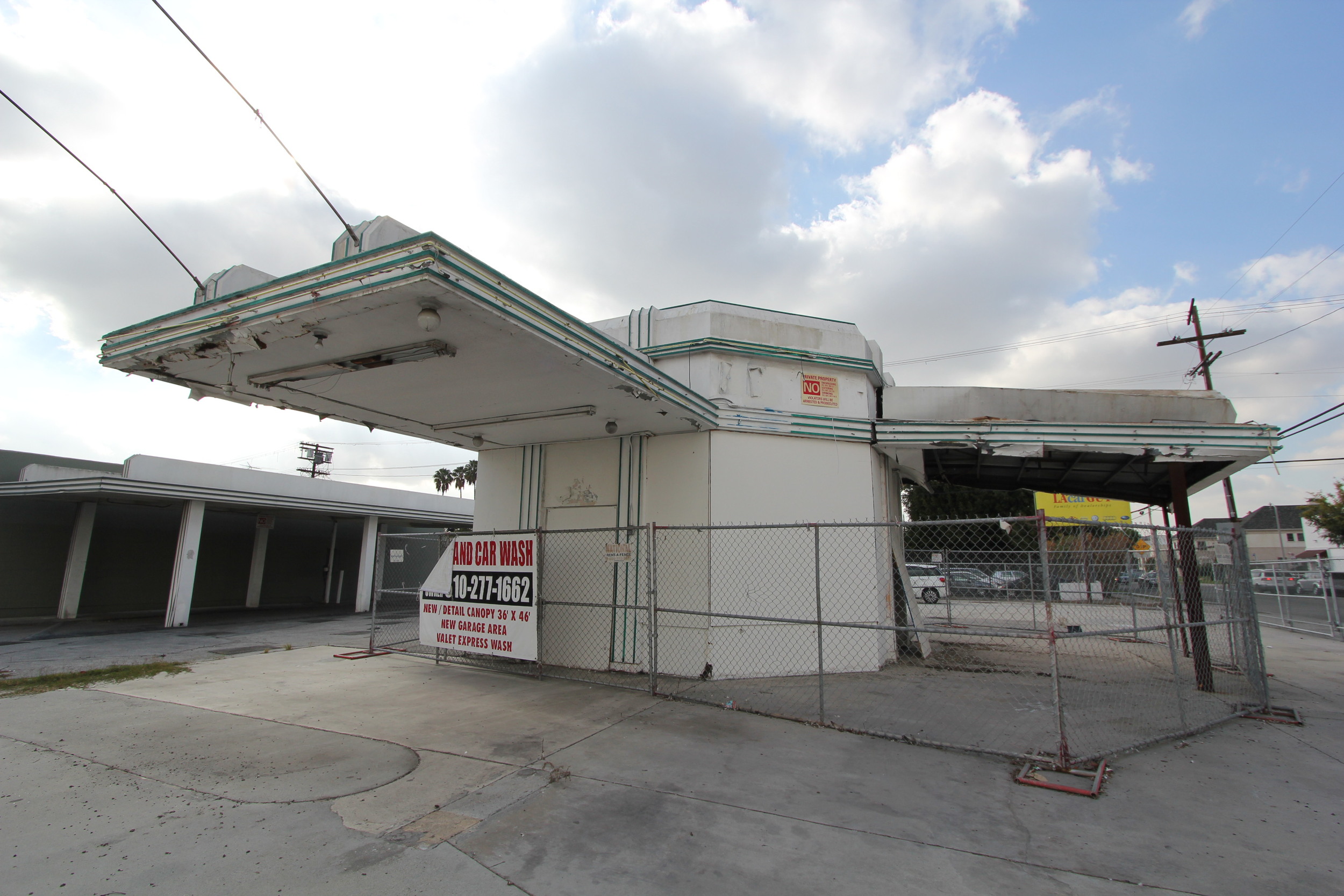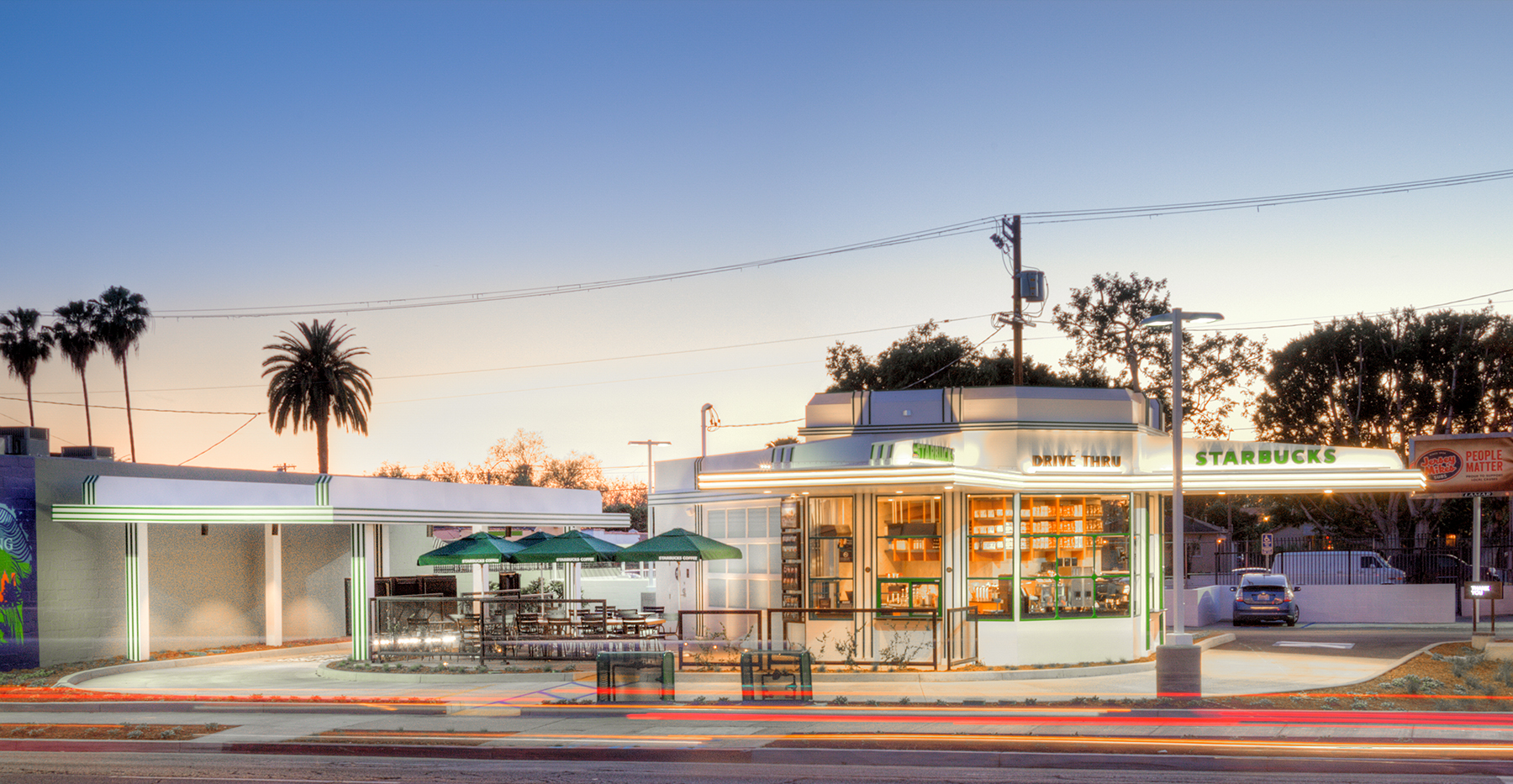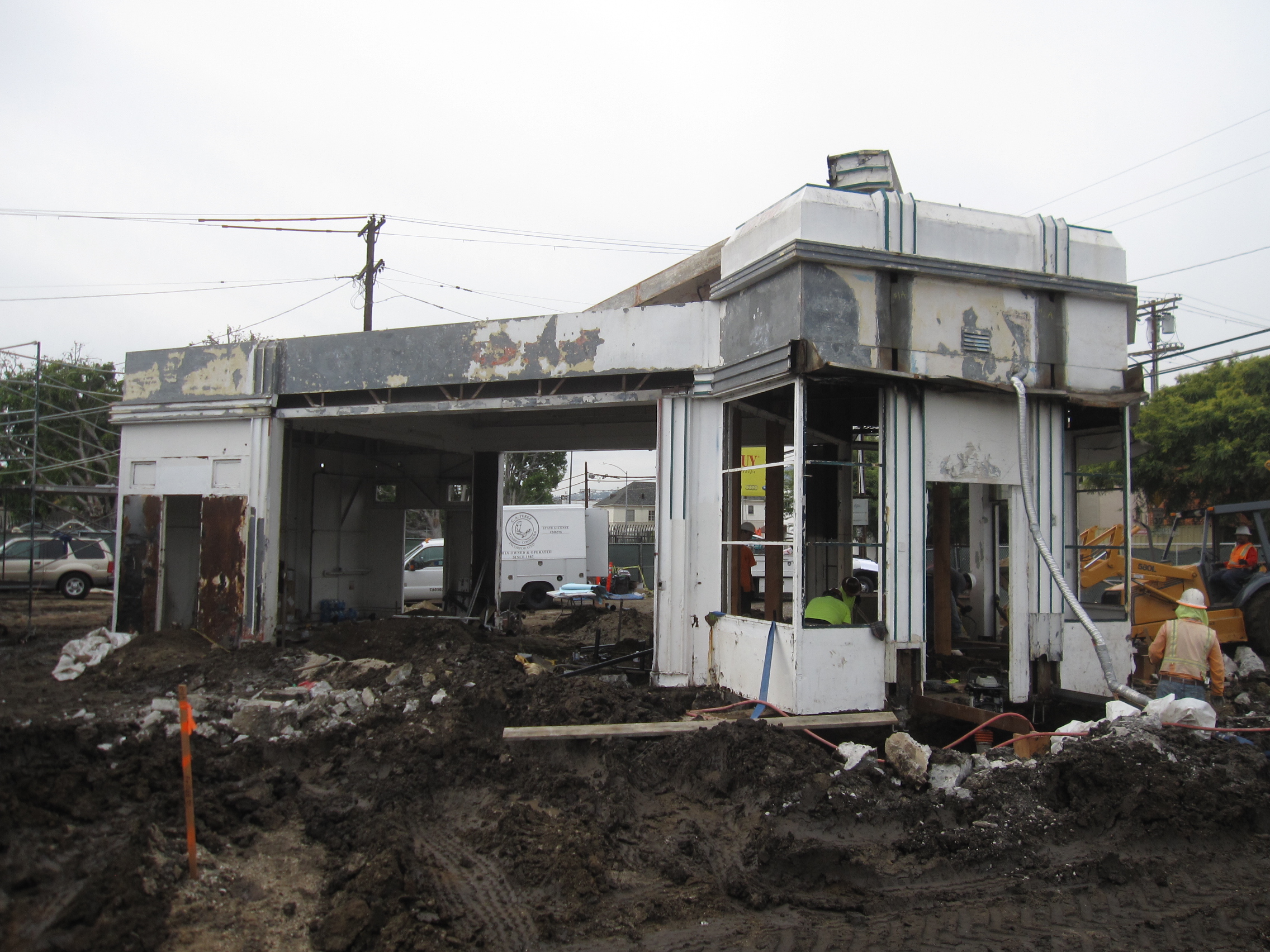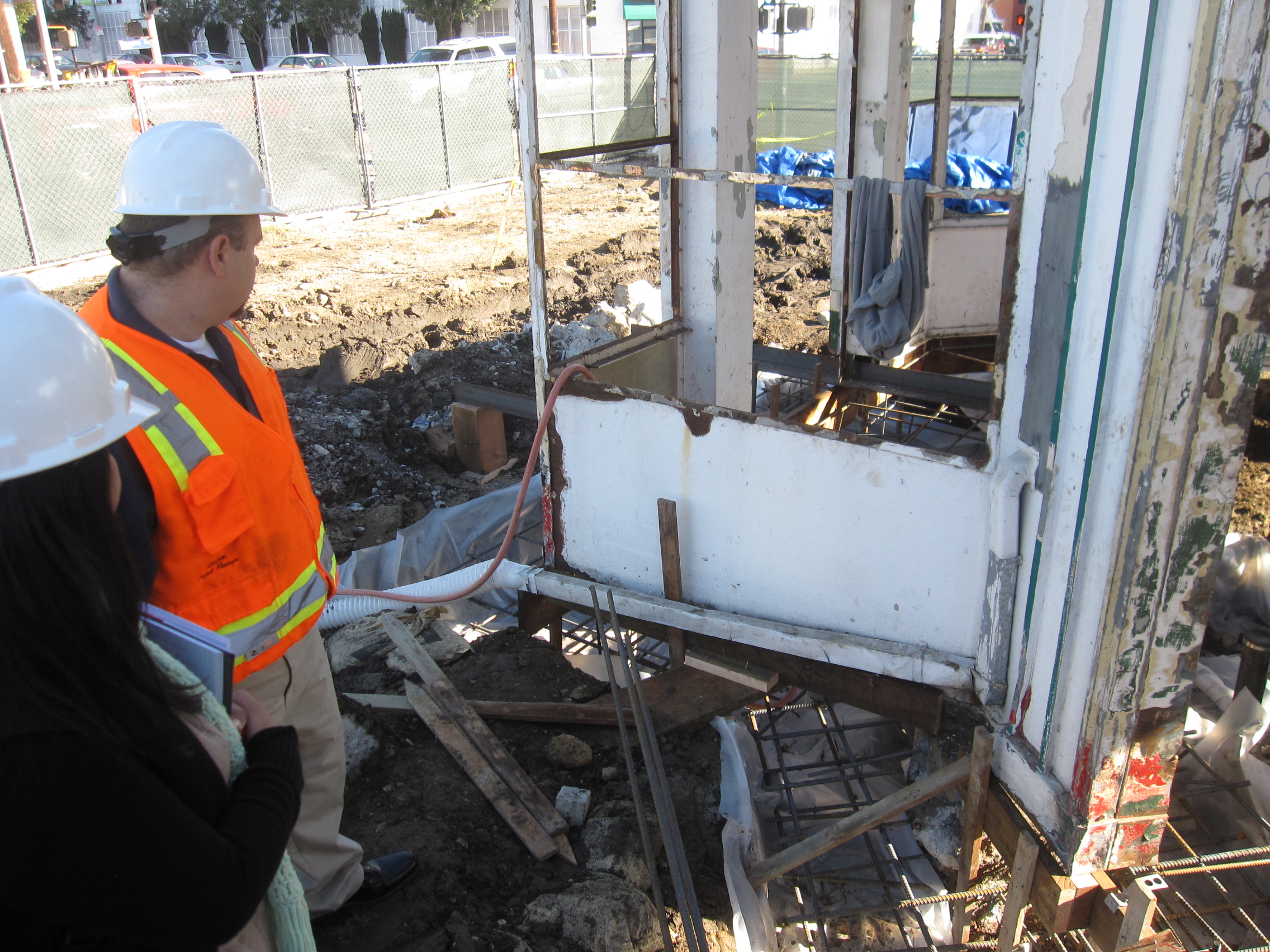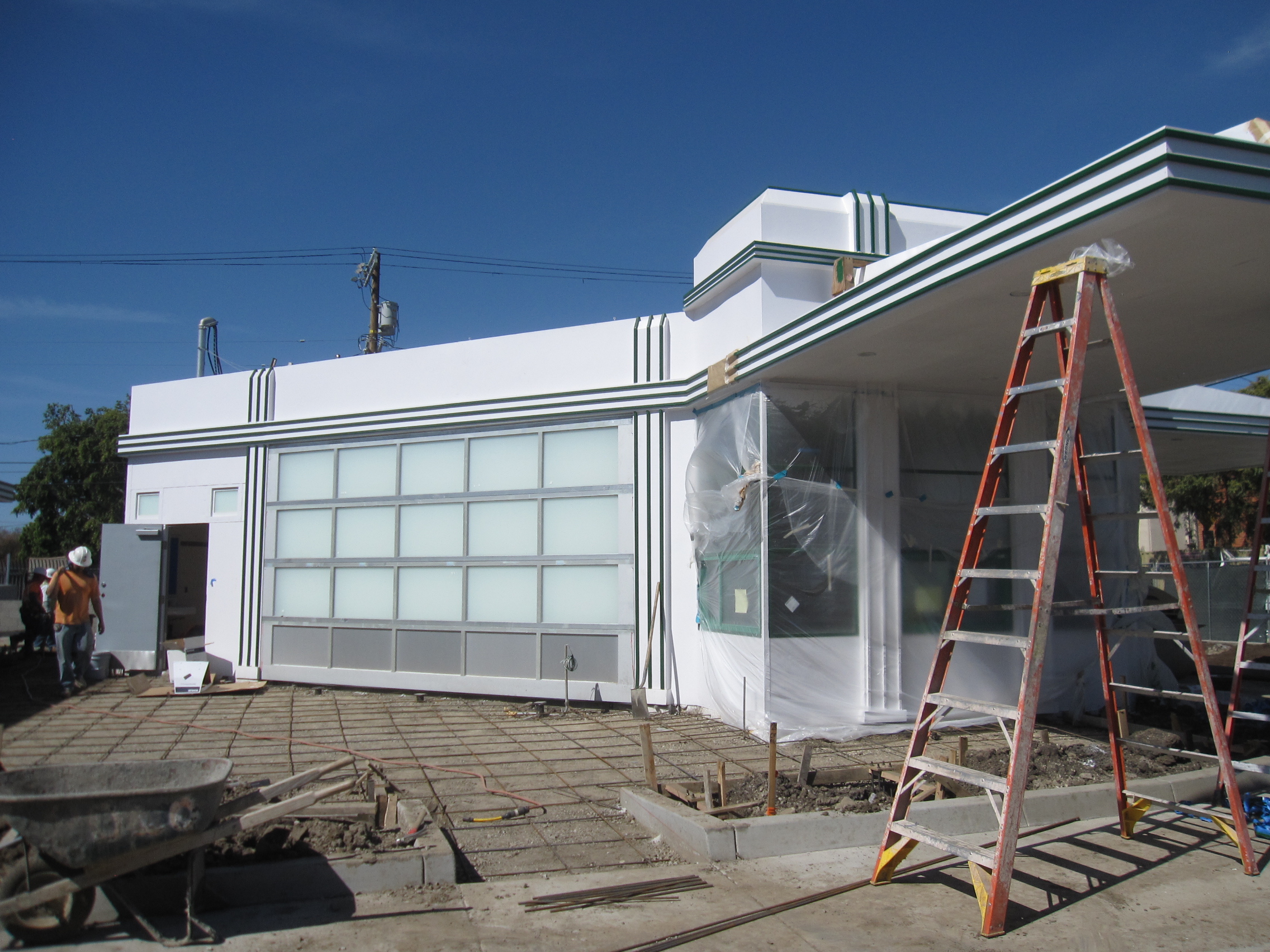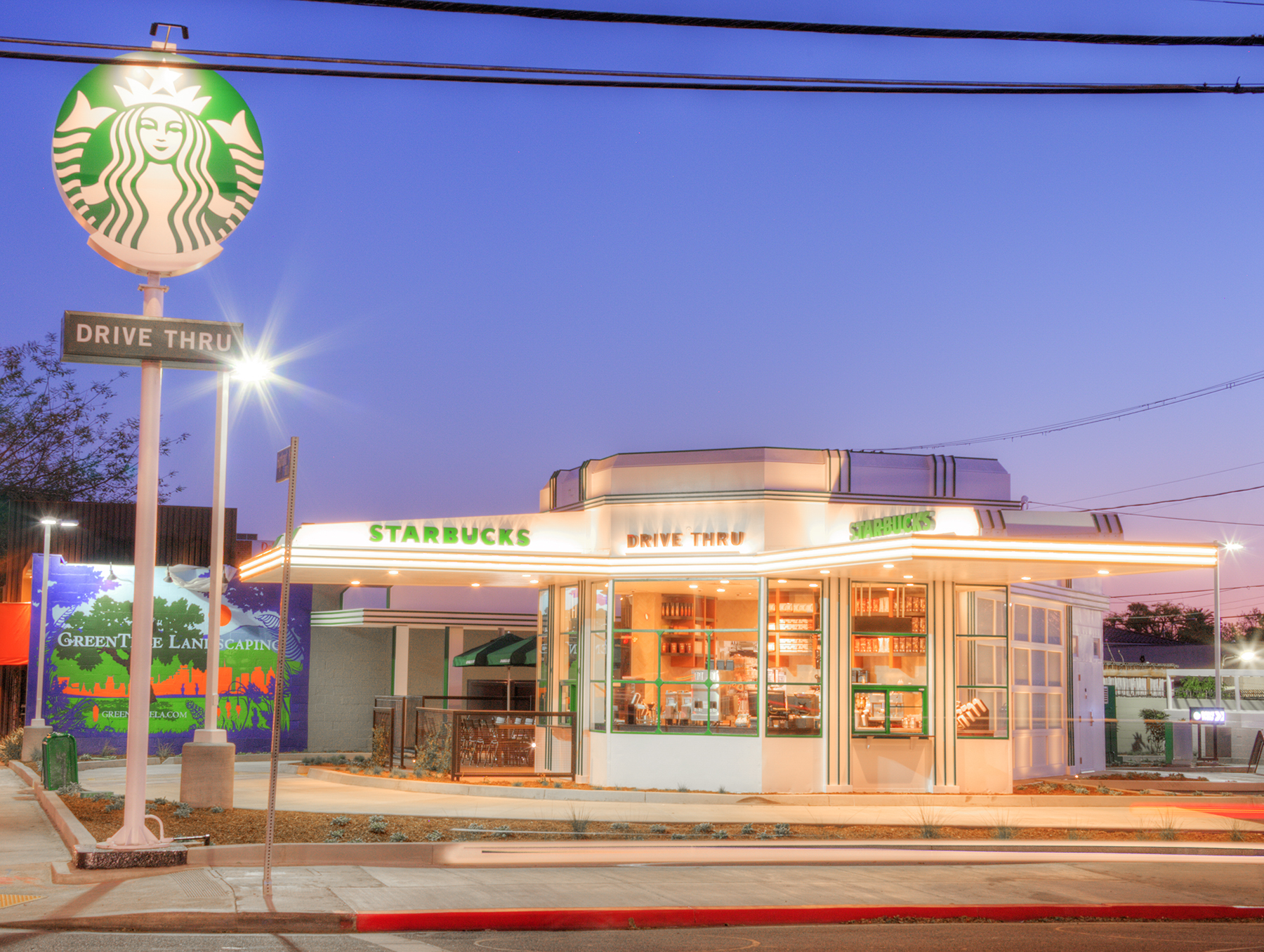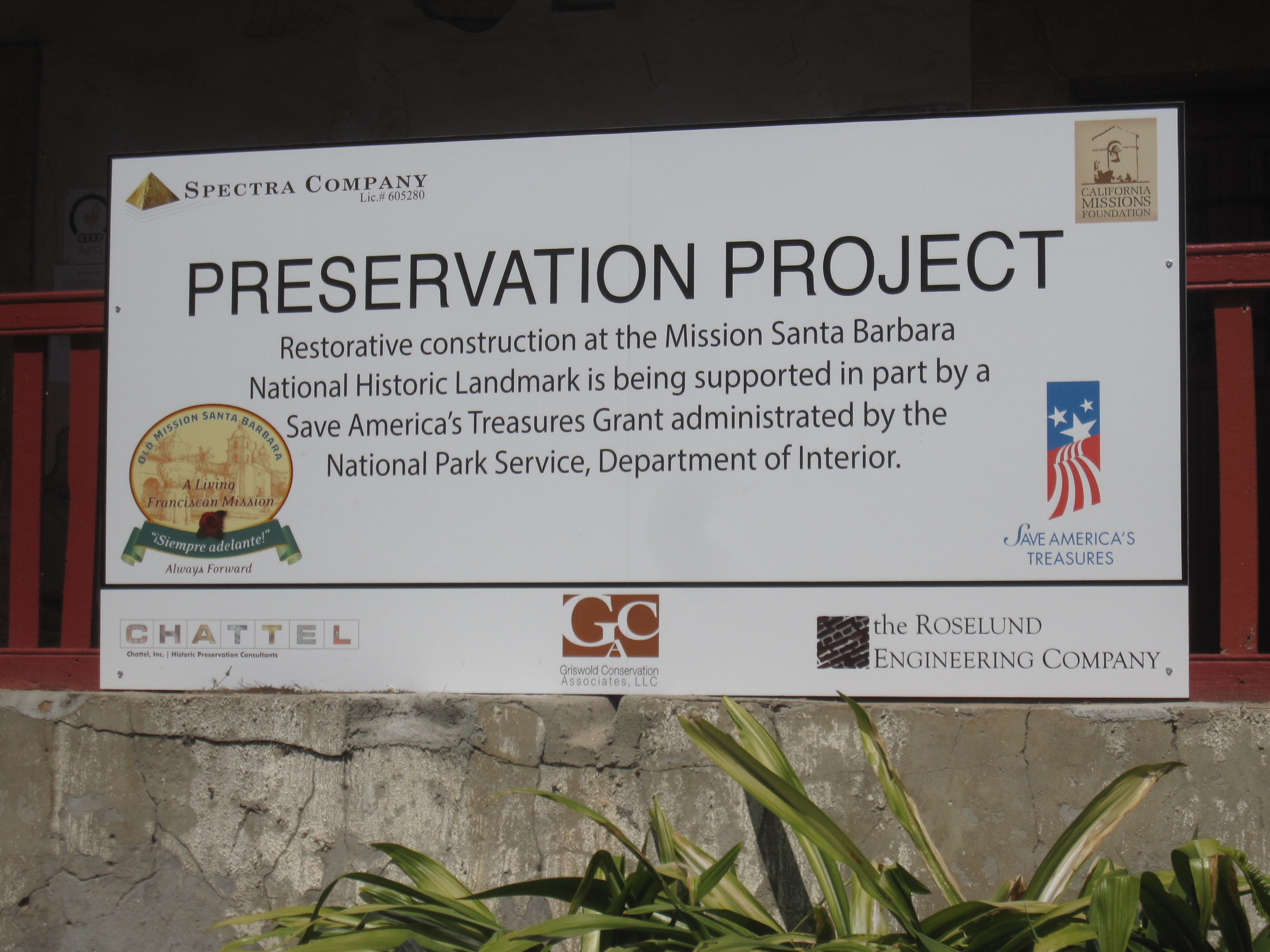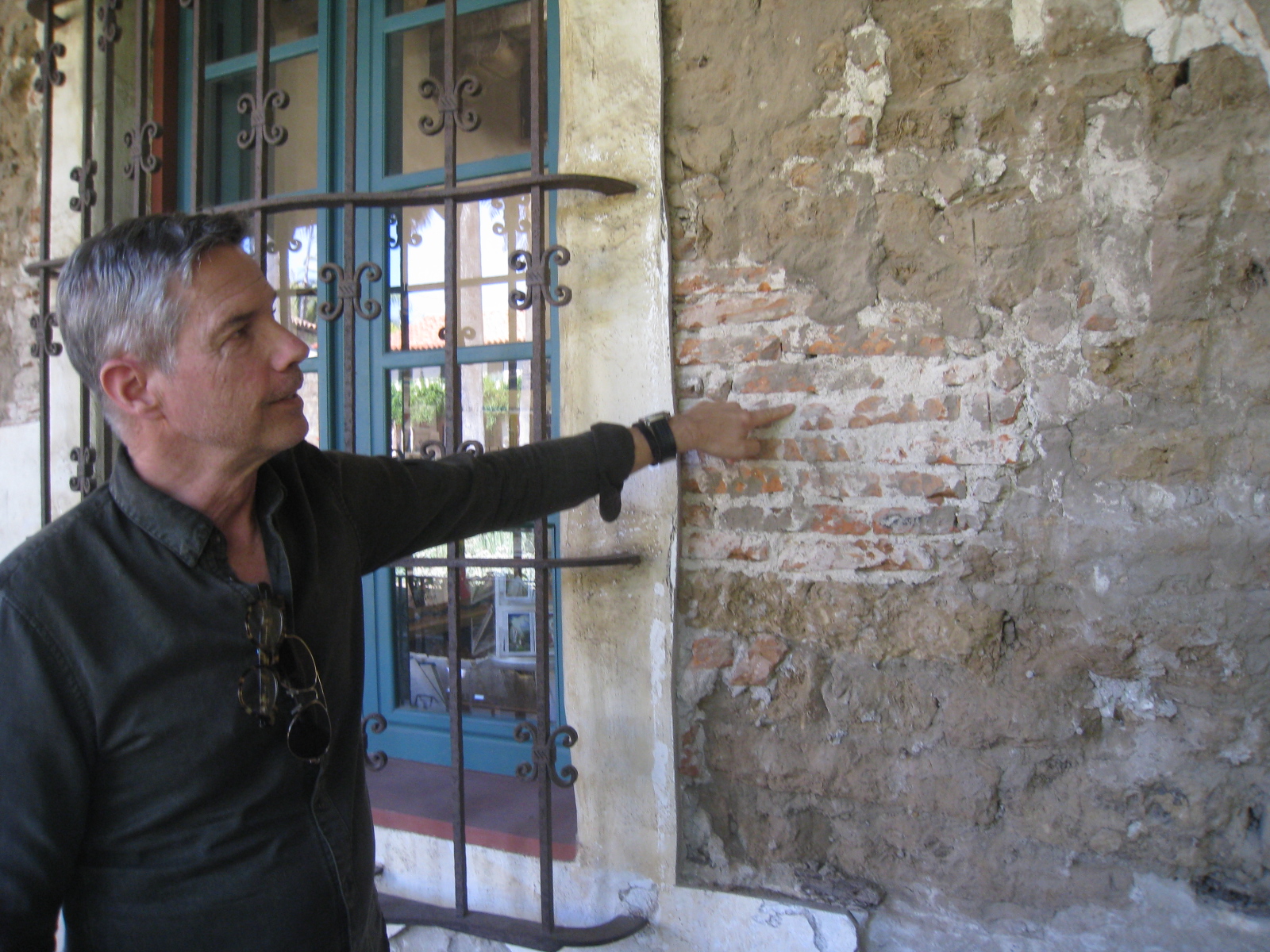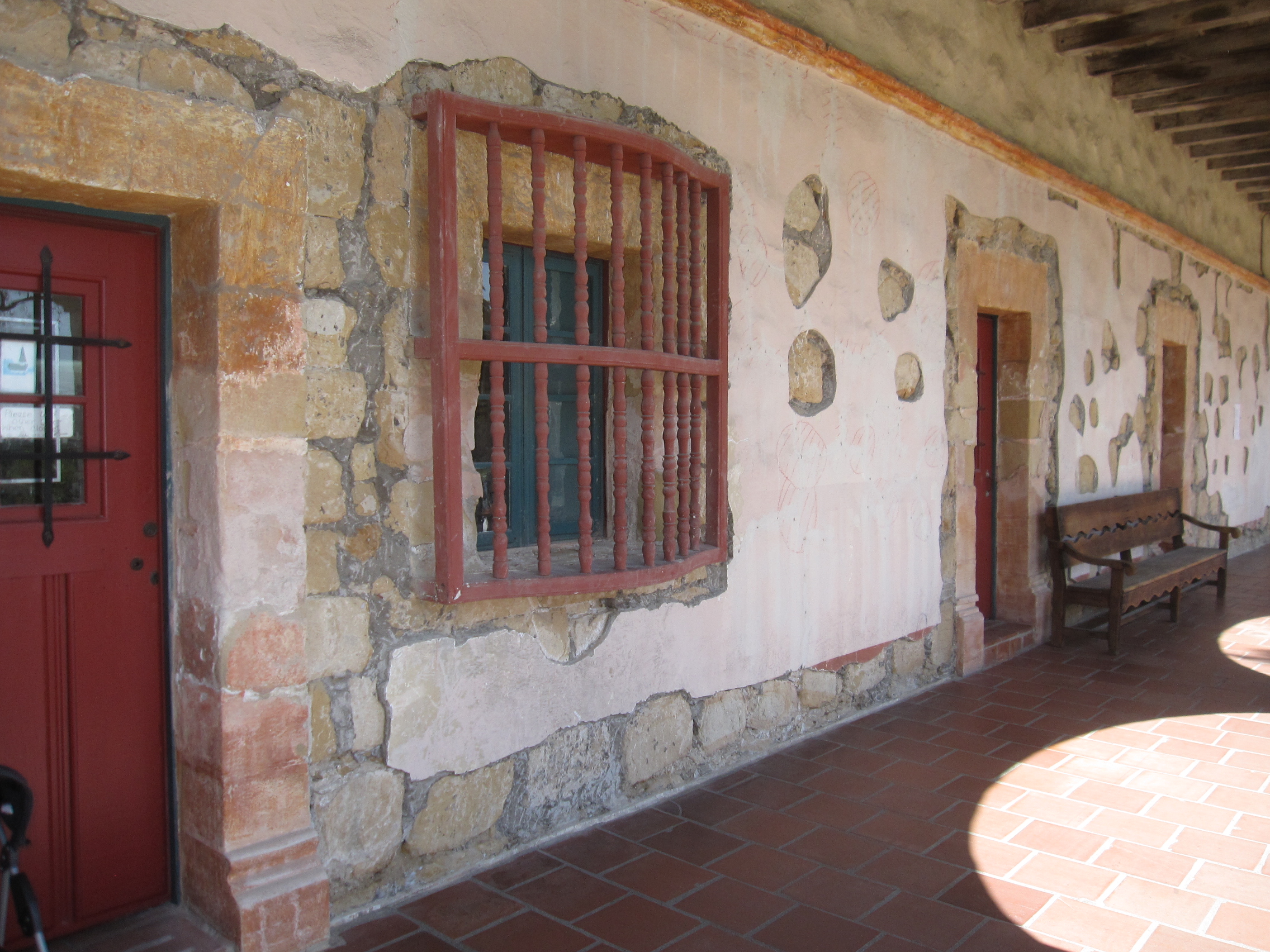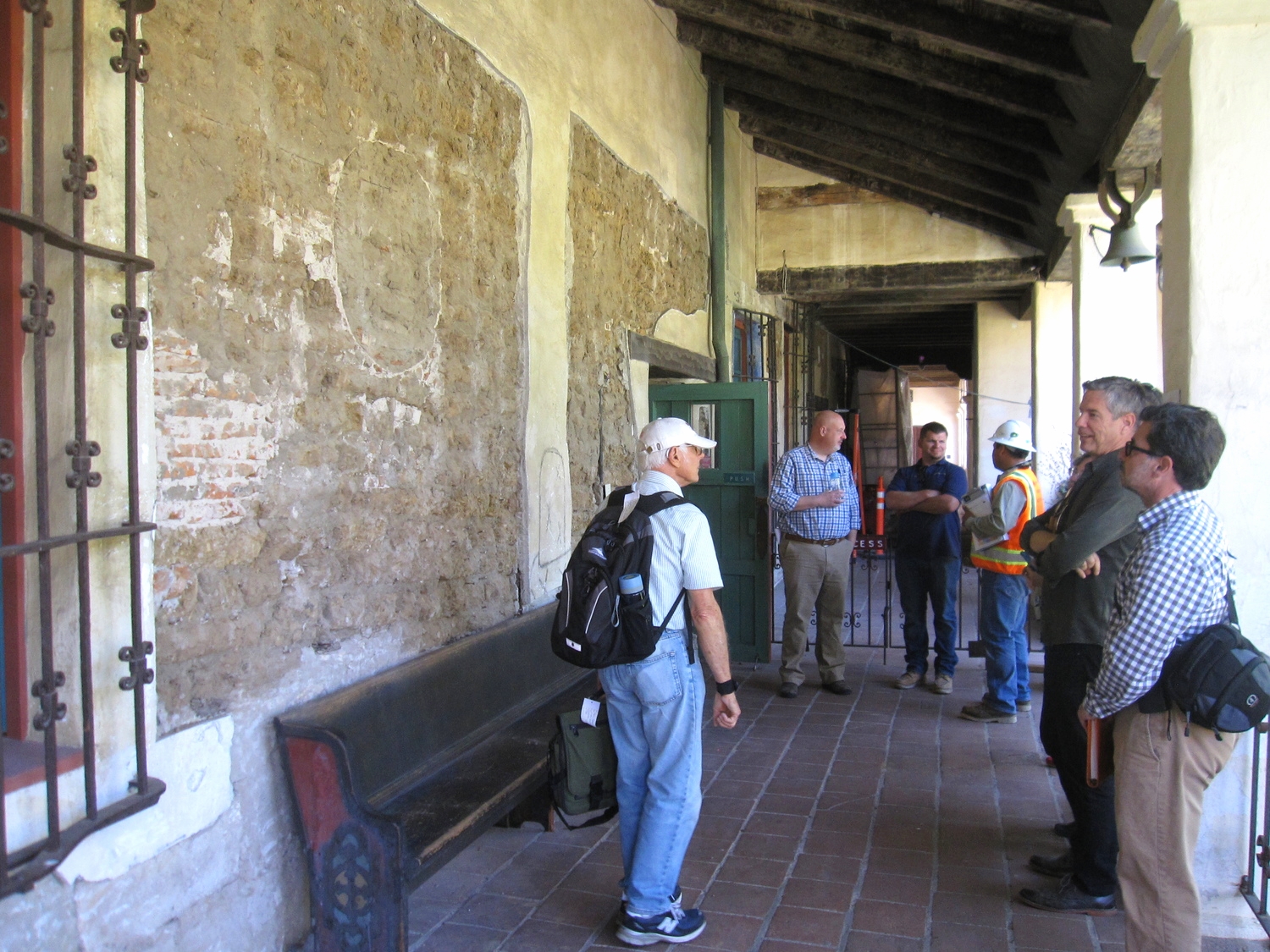Credit: Gary Leonard
On May 7th, 2015, Chattel staff joined a large gathering of preservation professionals for the 2015 Los Angeles Conservancy Preservation Awards, held at the Millennium Biltmore Hotel in downtown Los Angeles. This annual event recognizes outstanding work in the field of preservation for projects completed throughout the greater Los Angeles region.
This year, Chattel received an award for work performed on the Pacific Electric Railway - El Prado Bridge. Chattel was part of a comprehensive project team, which included the City of Torrance, Torrance Historical Society, Old Torrance Neighborhood Association, Krakower & Associates Structural Engineers, and Preservation Arts.
The bridge, a signature work of architect Irving Gill, was a focal point of the city's original plan for the central core, now known as Old Torrance. The project team was recognized for its efforts in revitalizing an icon of civic identity for the City of Torrance, fittingly, just in time for the bridge's centennial. The project also exemplifies strong civic stewardship and community partnership, while expanding the public's understanding of the meaning and value of preservation.
Council member Kurt Weideman accepted the award on behalf of the project team, which was able to celebrate their accomplishments over a delicious lunch, while learning about other noteworthy works of historic preservation.


